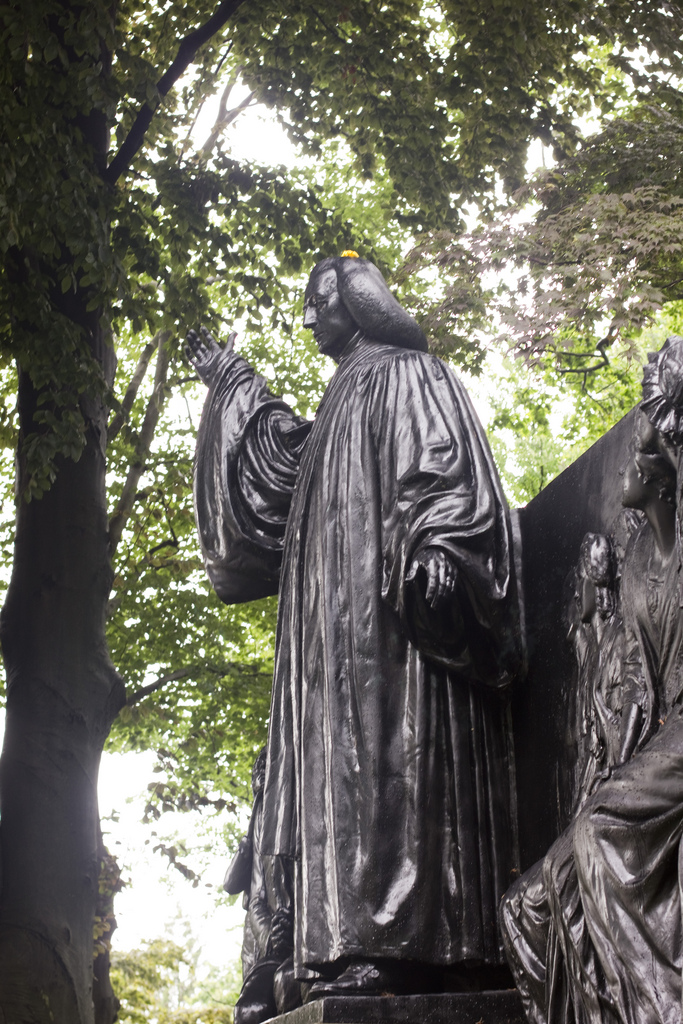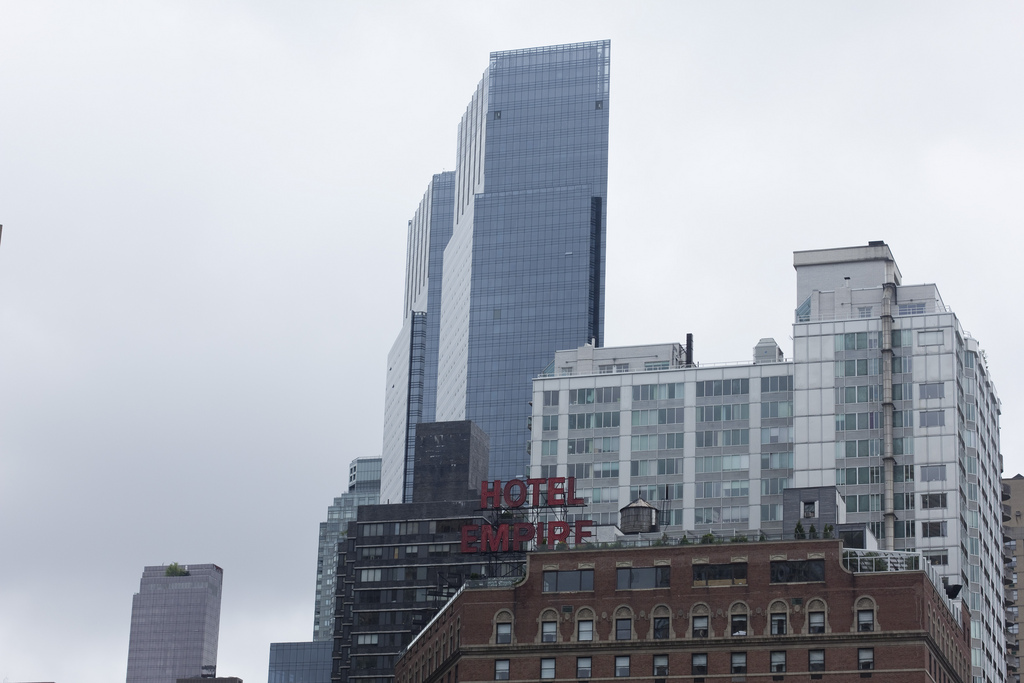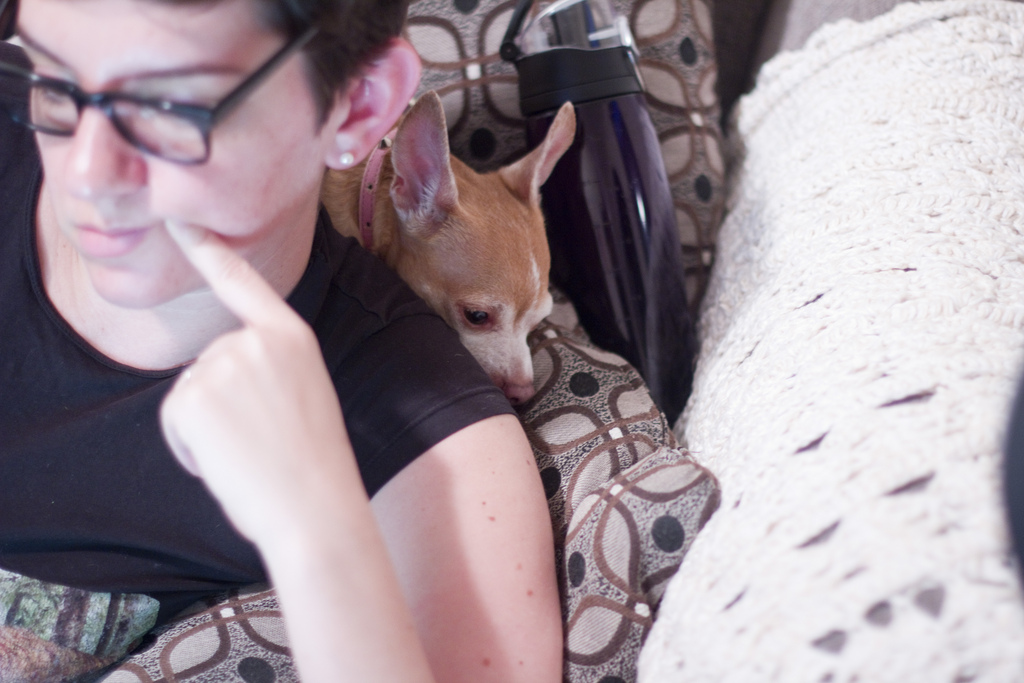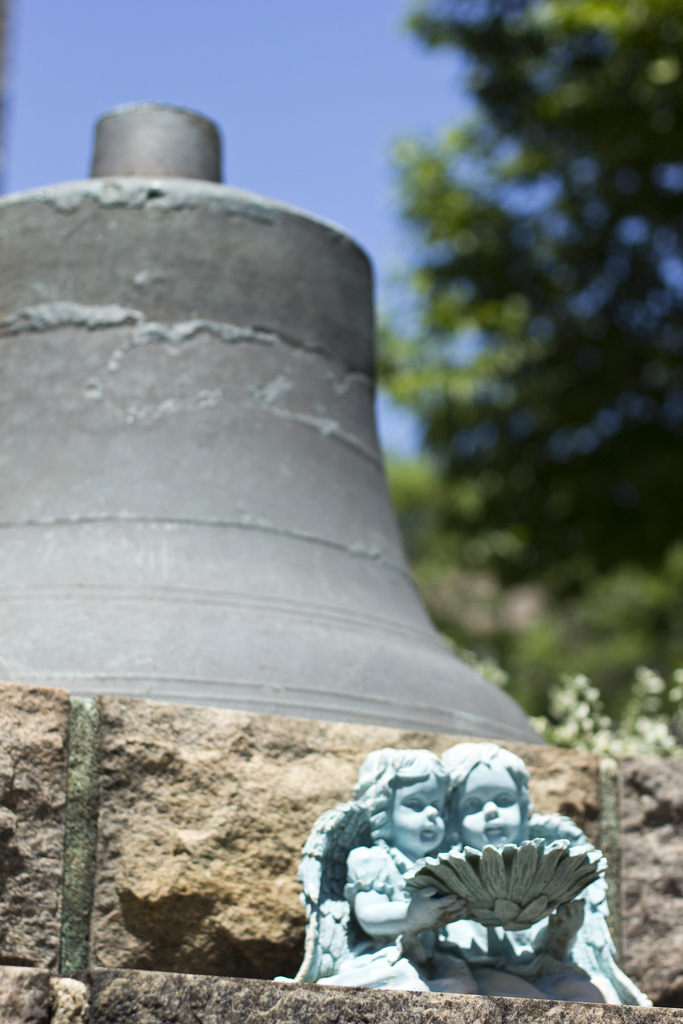As a future New York City Father, Jack Spade provides some of the most important information I need to know. And since I live in Washington Heights, well, there is not one hydrant in the neighborhood with its original cap left – and only a few with a sprinkler.
Author: MASadmin
365.277 Muhlenberg with a leaf hat

Lutheran Theological Seminary at Philadelphia, Mt. Airy, Philadelphia. May 24, 2012
365 Part Deux
Rockaway Beach
This is how Brooklyn does the beach. As someone who’s pre-recession wardrobe is, finally, starting to wear out, I’m going to be half naked, and hopefully, just as fashionable and good looking.
Side note: I’m really annoyed that the small size pink twill shorts at Uniqlo are SOLD OUT. ARGH. Good looking men of New York, stop stealing my clothes.
365.276 Buried Bench

Lutheran Theological Seminary at Philadelphia, Mt. Airy, Philadelphia. May 23, 2012
365 Part Deux
Smooth Sailing From Here
 I don’t read many music blogs anymore but I do read I am Fuel, You are Friends religiously. The lovely writer has great taste in music (and from my home state to boot!) and I’ve discovered many bands through her work. If you’re in the mood, head on over and check out her summer mix tape since, you know, today is the summer solstice and all. Happy summer people!
I don’t read many music blogs anymore but I do read I am Fuel, You are Friends religiously. The lovely writer has great taste in music (and from my home state to boot!) and I’ve discovered many bands through her work. If you’re in the mood, head on over and check out her summer mix tape since, you know, today is the summer solstice and all. Happy summer people!
365.275 Hotel Empire

Upper West Side, New York City. May 22, 2012
365 Part Deux
The kid isn’t born and I’m already negotiating for time away from him
 I think part of good parenting is boundaries. I think parents should have their own identity seperate from their kids and vice versa. We all have our own tastes, wants, desires, and thoughts – and I think we should all embrace that. I hope that I’ll be able to support my kid’s taste and I hope that he’ll be able to support mine.
I think part of good parenting is boundaries. I think parents should have their own identity seperate from their kids and vice versa. We all have our own tastes, wants, desires, and thoughts – and I think we should all embrace that. I hope that I’ll be able to support my kid’s taste and I hope that he’ll be able to support mine.
Though I could just be talking out of my butt and trying to justify why I already asked my wife if I could leave her and the kid for a few hours on July 20th. Yes, the kid isn’t born yet, and I’m already seeing if I can have some alone time. Though, to be honest, this won’t be alone time – in fact, I’ll be stuck in a theatre with a million another folks because Batman comes out that day. A happy dad is a good dad, right? Now, before you hate on me too much, please realize that I already plan to be that dad bringing his kid to see superhero movies when he is four or five – whenever he can sit still. I’ll bribe him with comic books, action figures, and a popcorn the size of his head. But not soda, of course, because that won’t be allowed anymore (grrrrr).
365.274 Twinkie is down

My Apartment, Washington Heights, New York City. May 21, 2012
365 Part Deux
365.273 Founder’s Bell of Trinity LIC

Trinity Lutheran Church Long Island City, Astoria, New York City. May 20, 2012
365 Part Deux








